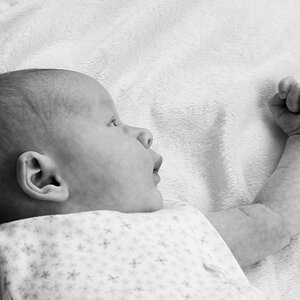Hi, I am looking to get my boyfriend a nice gift for his birthday. He is really interested in infrared photography but I don't know much about it.
I am looking to buy him a filter and film (I think this is all he needs?) but I'm not sure which type of filter/film to buy. He has a Minolta XG-M camera. I have found a bunch of infrared films and filters on ebay, but I don't know the difference between them.
I remember him saying something about the film length in his camera being different (it can only take 20 pictures instead of the normal 24?).
Any help would be appreciated! Thanks in advance.
I am looking to buy him a filter and film (I think this is all he needs?) but I'm not sure which type of filter/film to buy. He has a Minolta XG-M camera. I have found a bunch of infrared films and filters on ebay, but I don't know the difference between them.
I remember him saying something about the film length in his camera being different (it can only take 20 pictures instead of the normal 24?).
Any help would be appreciated! Thanks in advance.


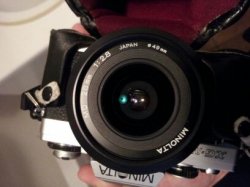
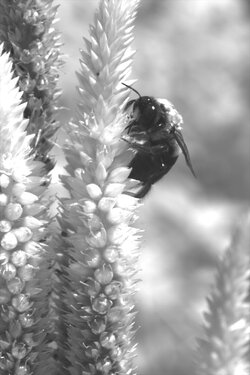
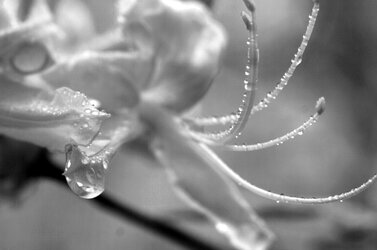
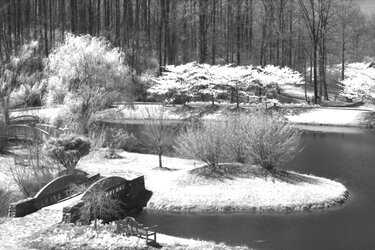


![[No title]](/data/xfmg/thumbnail/37/37280-a7e70a01ccd331918e71645cd4c1f16e.jpg?1619737977)
